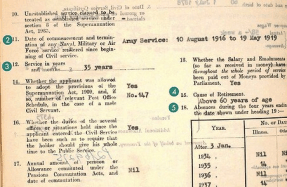Mystery Hunt

This year marks the 250th anniversary of the launch of one of the most influential publications of the 18th and 19th centuries. When the Lady’s Magazine (no relation to The Lady) first reached readers in August 1770, few likely foresaw its success. Periodicals had grown in popularity since the 17th century, but by the 1760s the market was saturated. All but the most resilient journals disappeared within weeks or months after first publication. The Lady’s Magazine bucked this trend in style, running to nearly 800 issues containing more than 45,000 pages before it ceased publication in mid-1832.
Subscription information from this period is hard to obtain, but best estimates indicate that the had about 15,000 subscribers at its peak, and a much higher readership because a single subscriber’s copy could be read(1811) was published in a standard print run of only 750 copies.
You’re reading a preview, subscribe to read more.
Start your free 30 days



